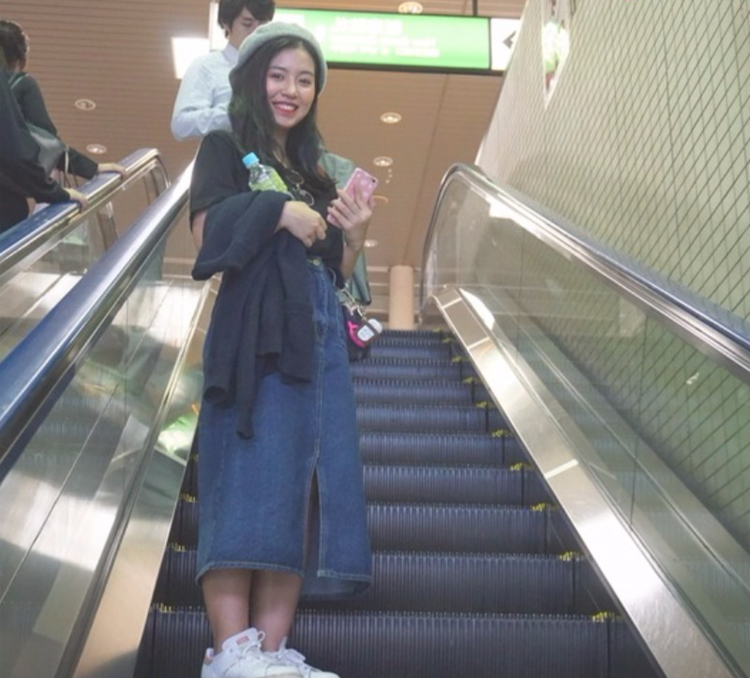
In many train stations in Japanese cities multiple subway and train lines converge at one station, so getting on the correct platform for the right line on the train that will take you to your destination can be quite a feat.
The easiest way to get around most cities is to purchase an IC Card to allow you to enter and exit gates smoothly and efficiently, however an alternative method would be to purchase a one-way ticket.
Information at the entrance gates
In order to buy a one-way ticket, you will first need to find the station you wish to go to on a system map at your starting destination. Note that in some instances there are different maps at one station, organized by the system network or railway company. Once you have found your destination on the map you will notice a price listed below it, often just a number like “260” which indicates the value of the ticket you need to purchase at the machine.
Finding your way
Once you have purchased your ticket you can walk to the gates and insert it into the gate ticket feed as indicated by arrows on the ticket itself. If accepted, the gate barrier will open and your ticket will pass through and pop up on the inner side of the gate. Walk through, take this ticket and keep it, as you will need to when you exit.
As long as you have entered through the correct gate, you will see that each train line has a unique symbol, style and colour depending on the operating company, type and line, respectively. Find this symbol and proceed to your platform.
Intro to Japanese Manners while commuting
Japan, and especially in cities, it is all about efficiency. There are formal manners and unwritten rules of trains & buses in Japan that would be best to follow. Nearly every walkway in every station has indications on where you need to walk, separated by direction. Look for these indicators on the floor. In nearly all cases, and as a general rule, keep left. Always be mindful of others, and don’t bunch up if you are in a group.
While waiting for train, you will notice that there are markings on the platform to infidicate where to wait, which are on the sides of any given train door, as well as where to get off the train, which is the area in front of a train door. Follow these indicators when queuing for your train. Note that Japanese trains and buses have indicated priority seats, which are designated for the injured, the elderly, and pregnant women and children. You may sit in this area but should give it up for any of these persons.
File in 2 rows while waiting for the train
At rush hour, queuing is the courteous and right way to go. Filing into 2 rows will allow exiting passengers to do so more quickly, which will spend things up for boarding passengers as well.
Avoid talking on the phone

In Japan, it is indecent to talk on the phone when riding a train. In Japan, you will almost never see someone talk on the phone in the train, and in fact, you almost never even hear it ring either. Phones are usually placed in airplane mode to avoid disturbing people. At some stations, the supervisor reminds passengers to turn off their phones to avoid agitation for people with a history of heart disease.
Etiquette while riding the train
People are always impressed with the respectful way that Japanese people behave. In Japan, inappropriate behavior will make others uncomfortable. Such behaviours include sitting on any object which is not a designated seat, having messy and unstable baggage, doing make-up while riding, and sitting on another person’s legs. These are considered impolite when riding a train. Most local people abide by these rules to a T and take them seriously, and will be upset if they are not followed.
